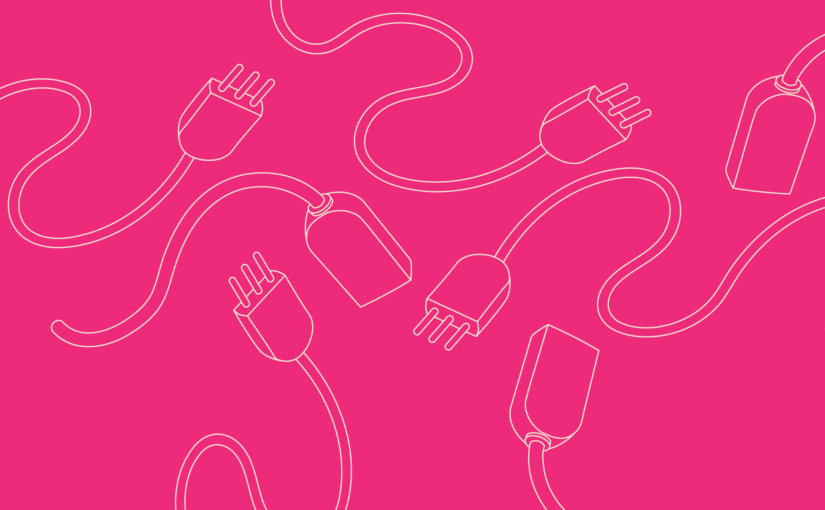As in fashion, home decor, art, and architecture, trends exist in the words brands use to talk about what they deliver. A notable promise ubiquitous today is the idea of a brand delivering “connection”. We are guilty of this as much as anyone, so let’s talk about what this really means and where it works.
Customers are bombarded by the messaging, ads, and calls to action, in the physical and digital realm at a rate of about 4,000 ads per day. Studies have shown that the number of messages can increase to 20,000 for those who are perpetually online.
Everyone wants connection, and brands know this, so they have turned connection into part of their value proposition. Promising that if you engage with their offering, you will experience a greater sense of connection, to yourself, or to others. But do these promises of connection really bring about better connection?
Can promises of connection be backed up by actions and results? Are brands researching and discovering better ways for customers to live a more meaningful and connected life by engaging with their product? Or are they just leveraging the latest brand buzzword in an attempt to win more eyeballs and dollars?
We are challenging our clients to let go of trying to achieve connection by talking about it and instead represent it, facilitate it, be part of making it happen.
Here are some places to start:
- Connect to your community by donating time or a percentage of your profits to local homeless shelters, food banks or schools.
- Invite young creative talent in local schools to decorate an open public space, plant a garden or perform on a weekend afternoon.
- Invite actors or performers to put on workshops for your tenants and the surrounding community – who doesn’t want to learn to chat more comfortably at a cocktail party or how to use humor as a tool for better networking and relationship building.
- Host a mini TEDx style lecture series.
- Get out and talk to people to discover something your community needs. Put a task-force together to tackle it.
Taking positive action to benefit your community has to power to elicit positive feelings, make real change and indelibly imprint a brand in the minds of users more than any combination of words and images.









